It was completely by accident that I came across the song “Tell Laura I Love Her” by Ray Peterson, but that song opened up an entire new style of song that I didn’t even know existed—the teenage death ballad. This was a genre that began in the late 1950s and extended into the early 70s, with its biggest years in the 60s.
Videos by American Songwriter
This era featured artists like Roy Orbison, Wayne Cochran, and the Shangri-Las singing songs about teenagers dying, most likely in a terrible accident or by taking their own lives, and most often from the point of view of the lover left alive.
For example, “Tell Laura I Love Her” details the tale of a boy named Tommy who enters into a hot rod race looking to win the prize money. He plans to buy his girlfriend Laura a wedding ring, and calls her to tell her he loves her. However, she’s not at home, so he instructs her mother to “Tell Laura I love her / Tell Laura I need her / Tell Laura I may be late / I’ve something to do that cannot wait.” Unfortunately, Tommy dies in a wreck during the race, and Laura is left alone to mourn.
[RELATED: 4 Rock Bands From the 1960s That Disappeared Without a Trace]
Why Was Death a Common Theme in 1960s Teen Ballads?
According to a 2006 report from CNN chronicling Ace Records’ compilation of teen death songs, the postwar era of the mid-50s led to the rise of rock and roll and an interest in folk-style narrative songs. Additionally, in 1955, actor James Dean died in a car accident a week after the song “Black Denim Trousers and Motorcycle Boots” by the Cheers was released. The timing of the single—which chronicles a young motorcyclist who dies after getting into an accident with a diesel truck—may seem unfortunate. However, Dean’s tragic death catapulted the song up the charts instead.
That, allegedly, was the beginning of the teenage death ballad. After that, songwriters capitalized on the popularity of this new style of song and began churning them out. Themes include car accidents, train accidents, star-crossed lovers, suicide, youthful recklessness, and mourning a lost love. On more than one occasion, there’s drowning (“Endless Sleep” by Jody Reynolds, “Running Bear” by Johnny Preston, and “Moody River” by Pat Boone), and one particular song features a girl dying in a shark attack (“The Water was Red” by Johnny Cymbal).
According to Ethnomusicologist Kirsten Zemke, who wrote a now-unavailable piece for the copyright collective APRA AMCOS, the teenage death ballad was a way for teenagers of the 50s and 60s to rebel.
“These were the ultimate teen rebellion songs,” wrote Zemke. “The only way out of parents’ (and/or societal) control and expectations was death. They were a natural extension of the ‘unrequited love’ song, facilitated by the obvious rhyming of: good bye, cry, and die.”
Featured Image by Michael Leshnov/Michael Ochs Archives/Getty Images



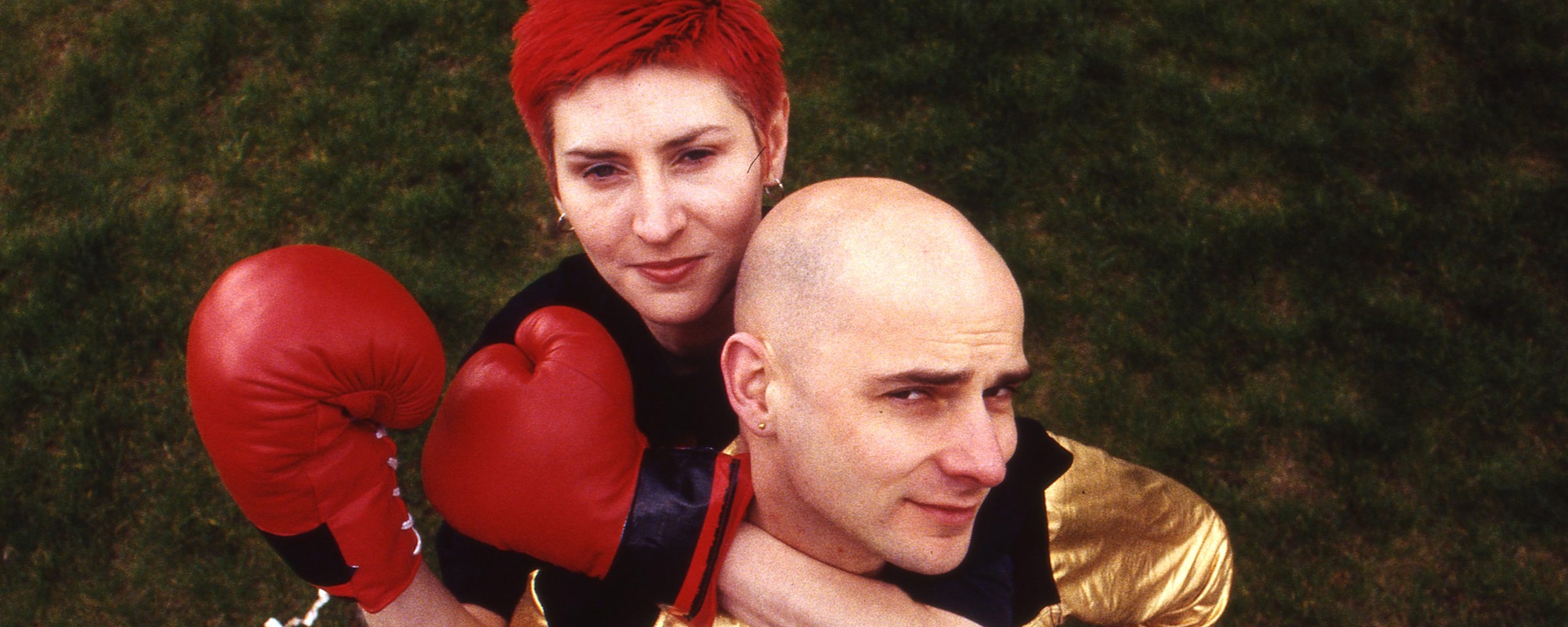
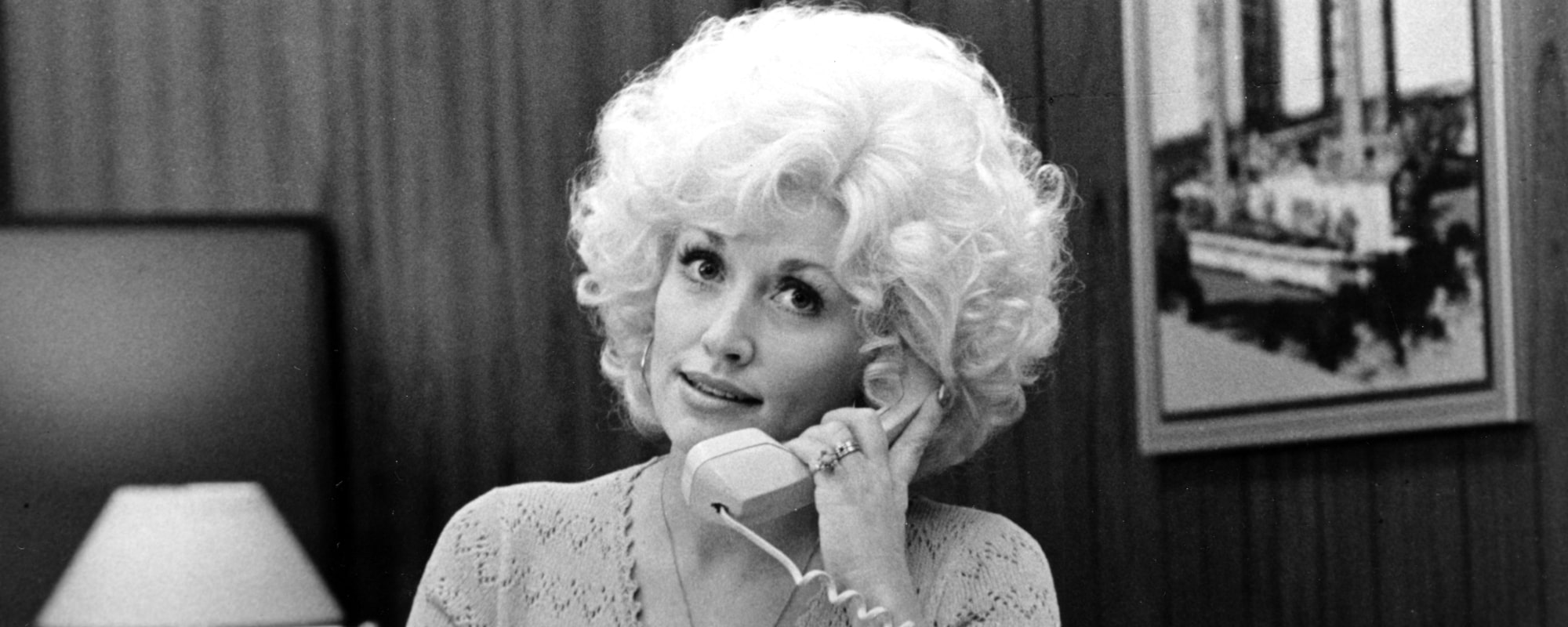

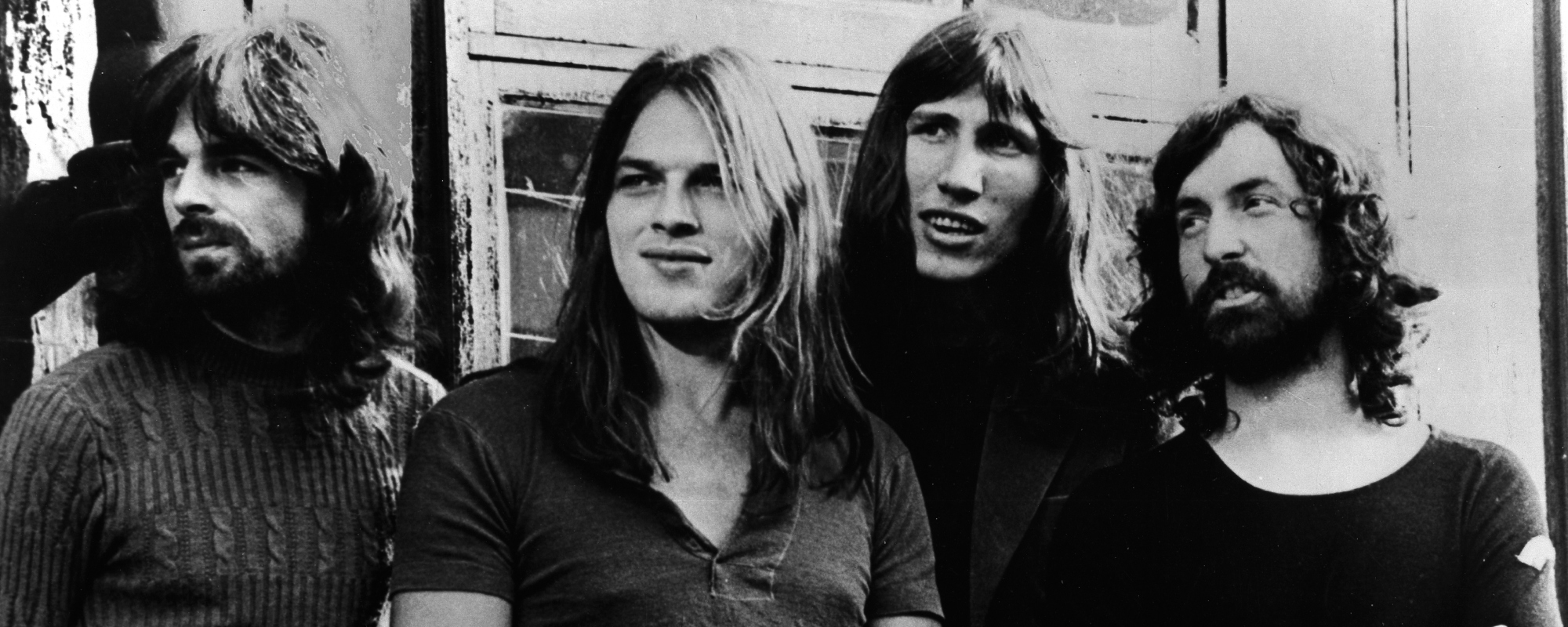
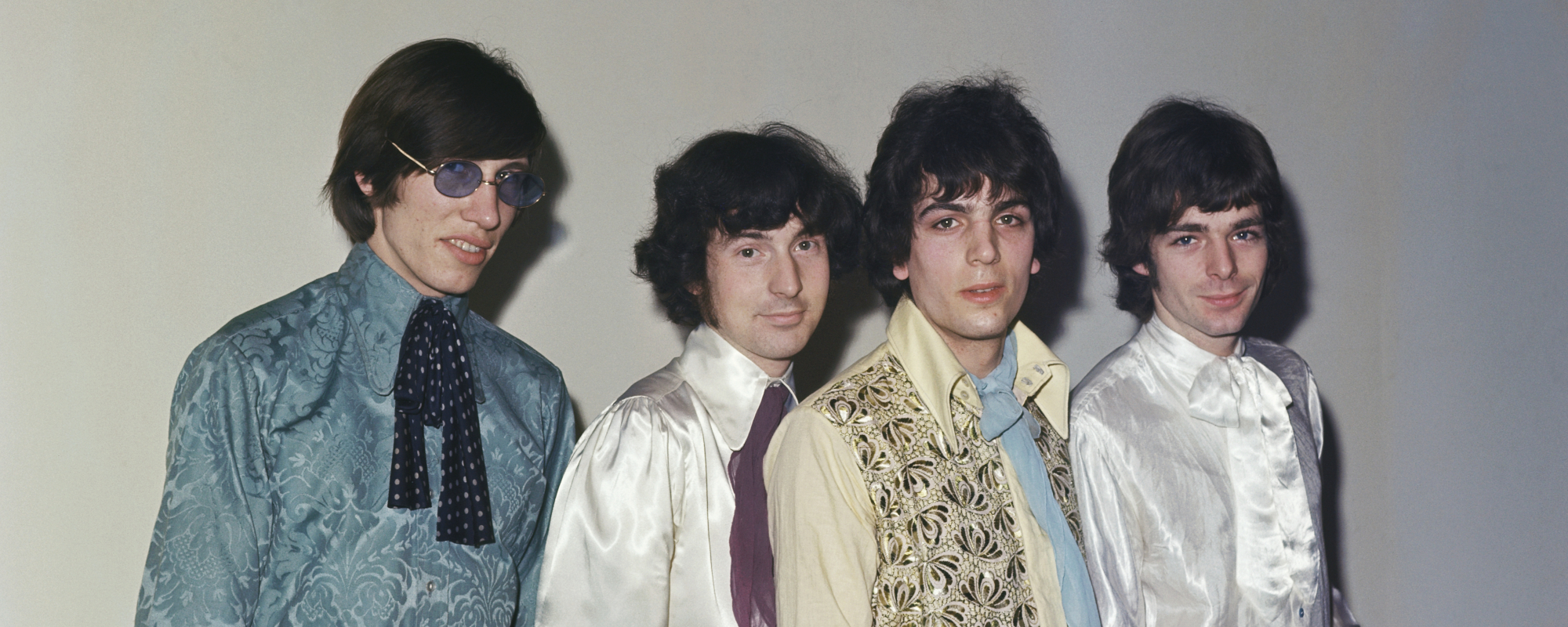

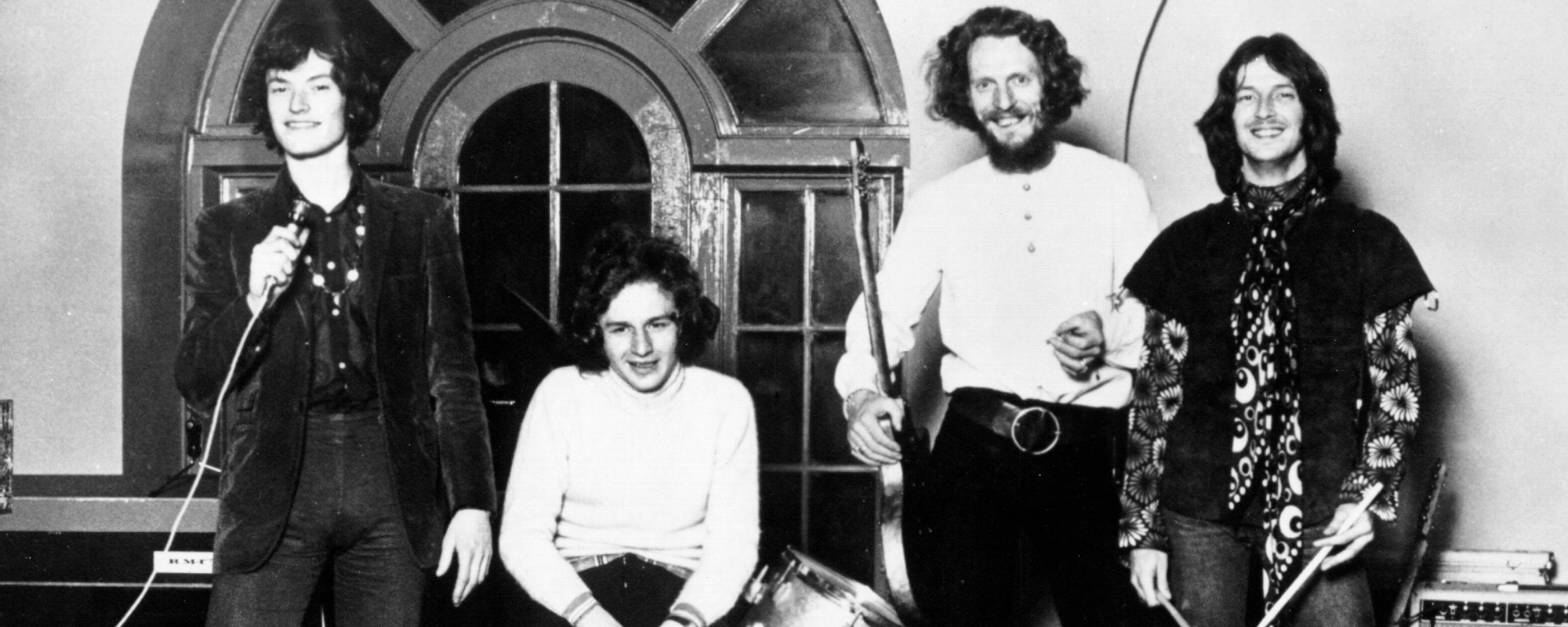

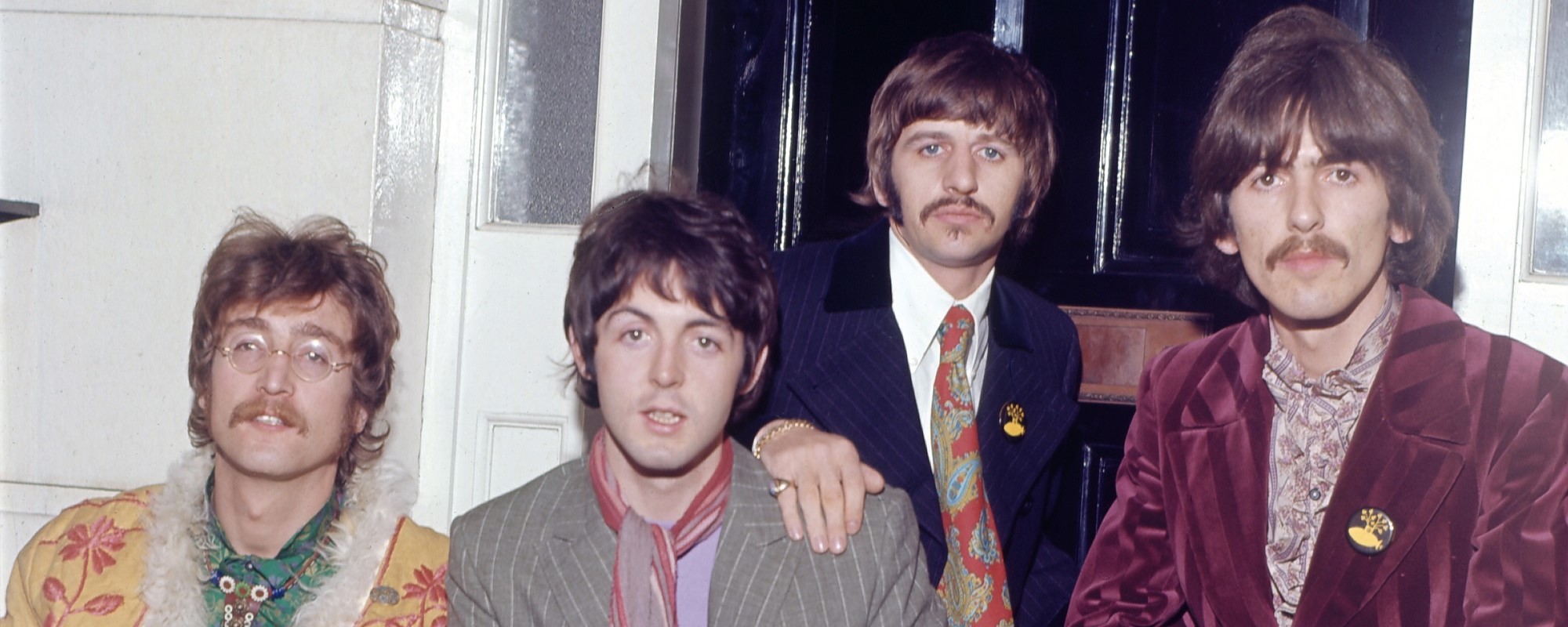
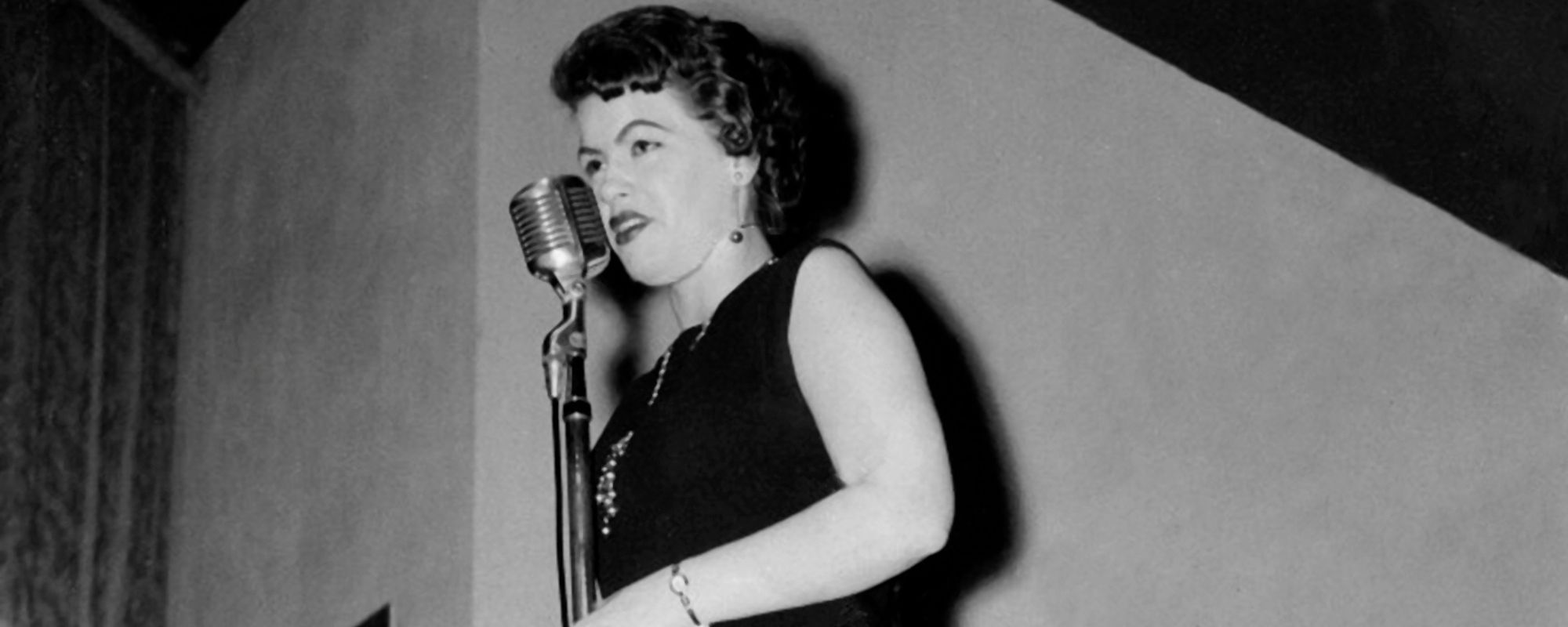
Leave a Reply
Only members can comment. Become a member. Already a member? Log in.